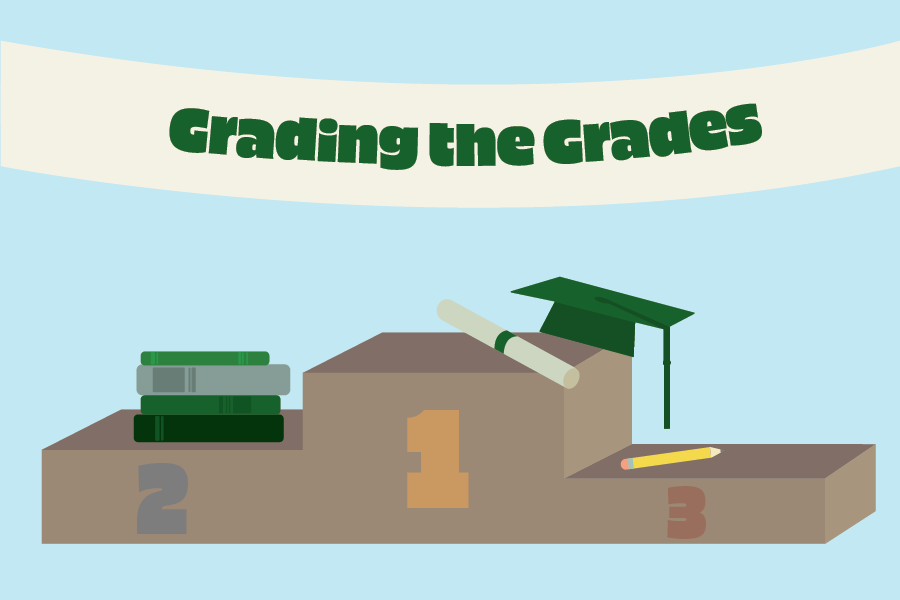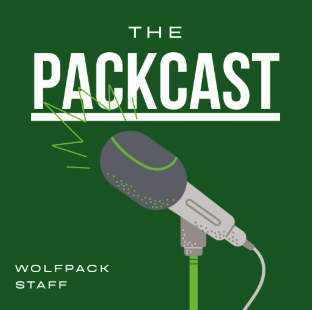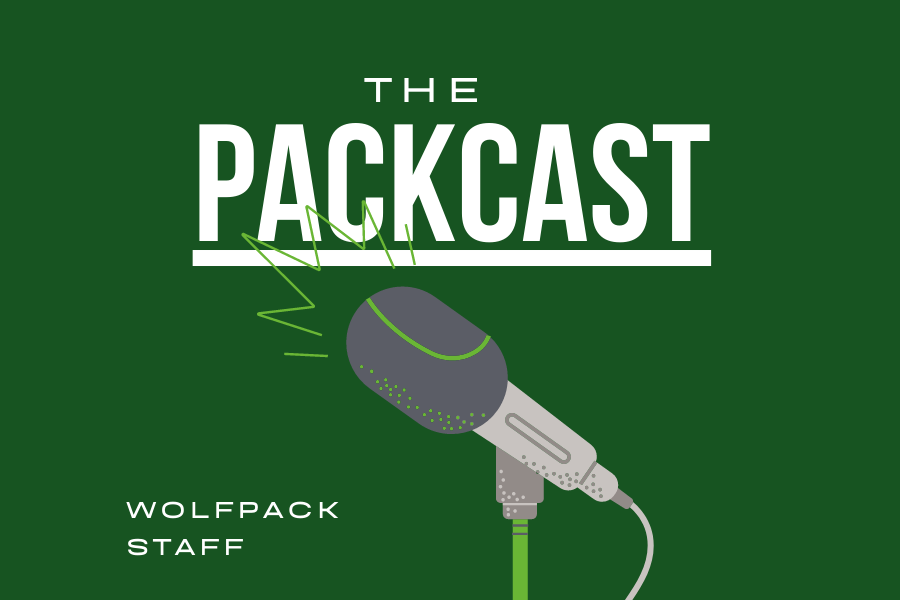A good definition of a eulogy is a writing piece, typically shared in a speech, about someone or something that has died or that you have parted with. You may have heard a eulogy at a funeral about the deceased, but eulogies do not have to be about death or even be praiseful to its subject. There are endless possibilities to eulogy-writing and here, you can find inspiration to craft one on your own.
Whether you prefer to write eulogies in their traditional form; about a deceased person, or are interested in finding an object to eulogize, there are many options to choose from. I encourage you to get creative with your subject. Is there a random, historical figure you have strong feelings about and want to bring back to life in a eulogy? Did you have a deep hatred for your assigned seat in math class before you moved? Whatever it is you choose, make sure you are passionate about the topic and are able to make fun, specific descriptions about it. Personally, I could write a eulogy about my school-issued Lenovo that I am about to turn back in to the district, which I have carried in four different backpacks since sixth grade. Now, seven years later, the space bar has a worn-down indent in the spot where my thumb hits it when I type. Updates take hours to complete and it wouldn’t take a cybersecurity expert to figure out my password—its keyboard letters are greasier than all the others.
In my Creative Writing class, students were tasked with writing about the portable classrooms, since we were no longer holding class in the student parking lot this semester. The piece I constructed was by no means a condemnatory ode to the portables, proving that there is a lot of freedom in writing eulogies. However, there are some ways that writing it can go more smoothly.
The first paragraph of your eulogy should be captivating and grab the attention of whoever is listening. It is meant to bring the deceased/lost person or object in your eulogy back to life, which can make your piece very powerful. Bret Simner does a great job going further in depth about the importance of the first bit of a eulogy in his Tedx Talk, which you can watch for examples of beginning eulogy paragraphs.
After your beginning, your eulogy can take a lot of different directions, but the best eulogies I have read use specificity in stories to describe people or objects. For example, in Kelly Corrigan’s eulogy for her mother, Corrigan uses a story about how her mom held on to stock shares despite being told to sell them to show how independent, yet sometimes stubborn her mother was. Other components to a eulogy can include acknowledgements of feats or touching on how you personally knew the person or object.
To help write a eulogy that you are satisfied with, I have laid out two brainstorming prompts to get you thinking and prepared.
Write down some specific, light-hearted stories: A eulogy does not have to be depressing. Some of my favorite ones don’t have a single note of sadness in them. However, when writing about something close to your heart that may make you emotional, it helps to break up your speech with some fun anecdotes. For example, in a eulogy about leaving home after high school, I can tell the story of my driver’s test, during which I hit a curb and still somehow was passed and given a license.
List out some smaller subtopics: Maybe you have a really funny quip or important detail you want to fit into your eulogy, but don’t plan on spending too many words on it. I would advise you to write any of these items down, and when you are making transitions, an array of fresh, related ideas can be picked from and blended in.
Overall, writing a eulogy can be a healthy way to process big emotions in a time of grief, but it can also be a fun way to remember an old stuffed animal or iPad. Happy eulogizing, and until next time, please enjoy a snippet of my eulogy of the parking-lot portables.




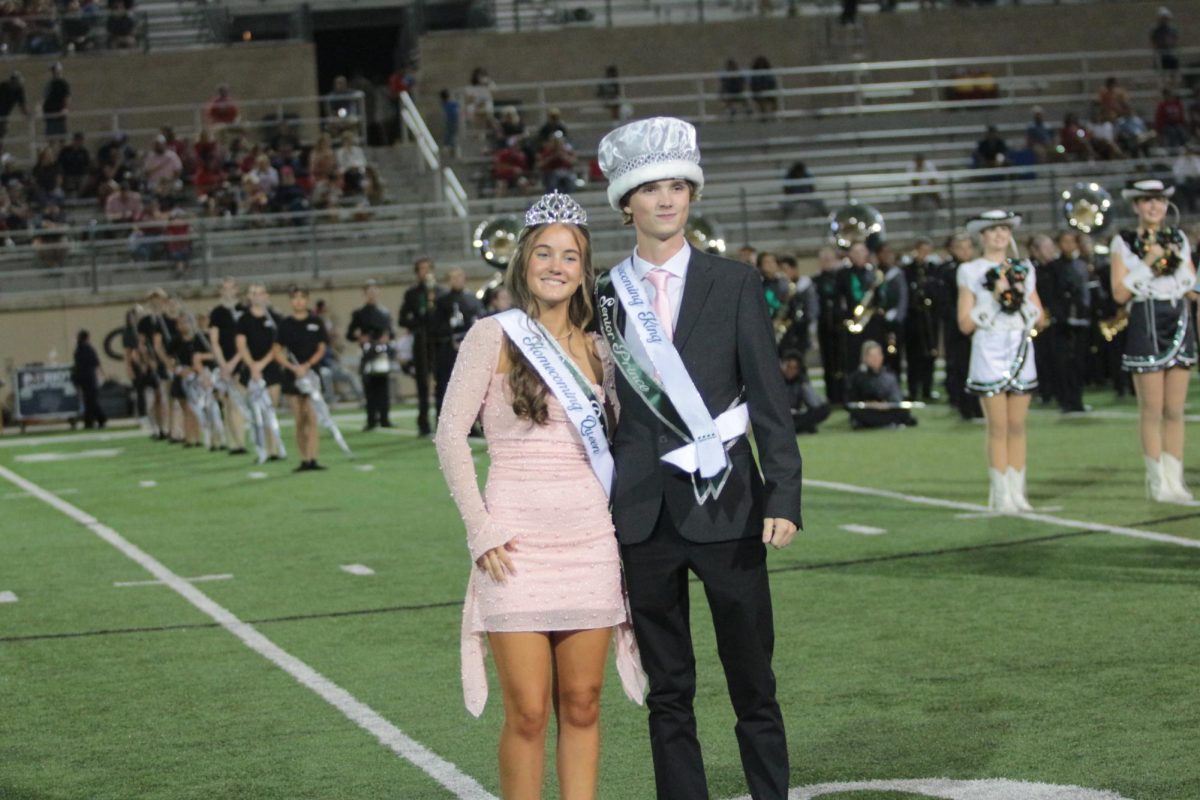



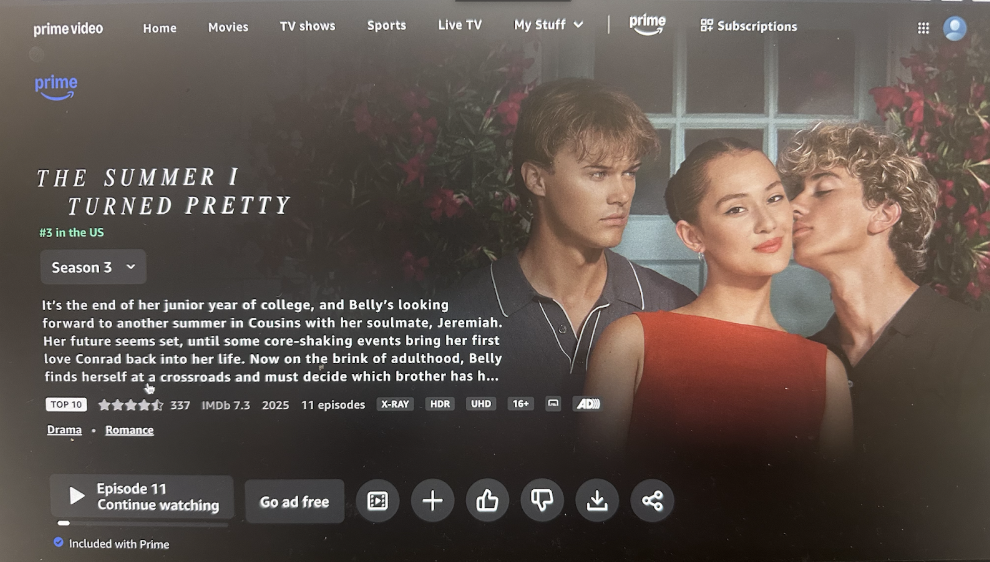

![Broadcast, yearbook and newspaper combined for 66 Interscholastic League Press Conference awards this year. Yearbook won 43, newspaper won 14 and broadcast took home nine. “I think [the ILPC awards] are a great way to give the kids some acknowledgement for all of their hard work,” newspaper and yearbook adviser Paige Hert said. “They typically spend the year covering everyone else’s big moments, so it’s really cool for them to be celebrated so many times and in so many different ways.”](https://cphswolfpack.com/wp-content/uploads/2025/05/edited-ILPC.jpg)



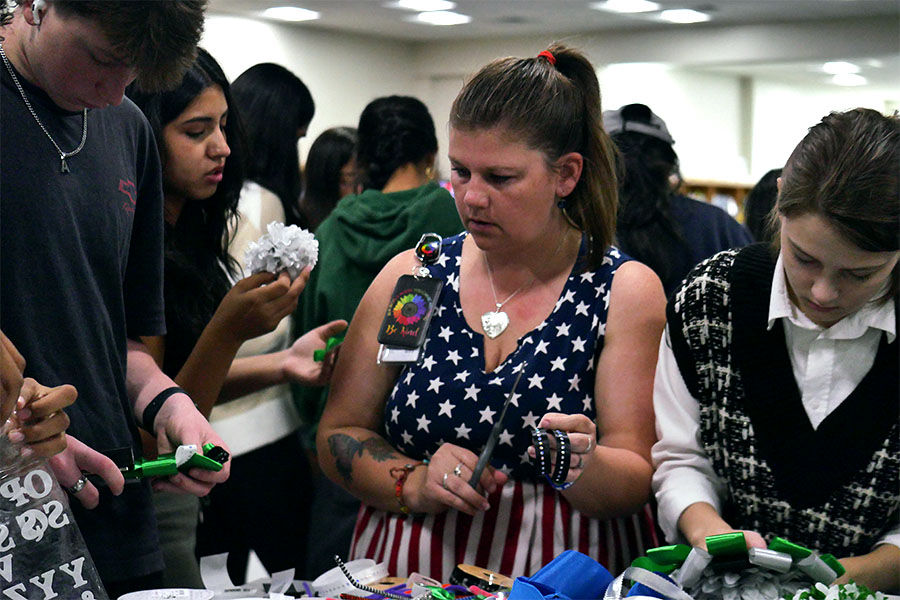
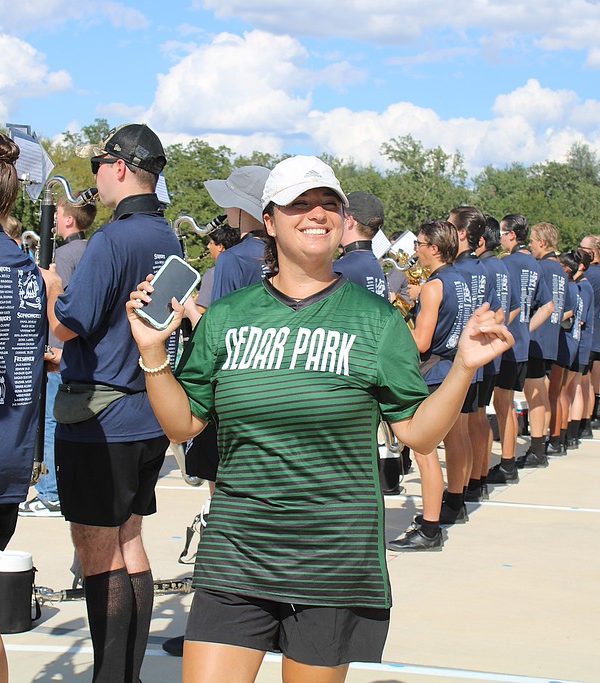
![Looking down at his racket, junior Hasun Nguyen hits the green tennis ball. Hasun has played tennis since he was 9 years old, and he is on the varsity team. "I feel like it’s not really appreciated in America as much, but [tennis] is a really competitive and mentally challenging sport,” Nguyen said. “I’m really level-headed and can keep my cool during a match, and that helps me play a bit better under pressure.” Photo by Kyra Cox](https://cphswolfpack.com/wp-content/uploads/2025/09/hasun.jpg)

![Bringing her arm over her head and taking a quick breath, junior Lauren Lucas swims the final laps of the 500 freestyle at the regionals swimming competition on date. Lucas broke the school’s 18-year-old record for the 500 freestyle at regionals and again at state with a time of 4:58.63. “I’d had my eye on that 500 record since my freshman year, so I was really excited to see if I could get it at regionals or districts,” Lucas said. “ State is always a really fun experience and medaling for the first time was really great. It was a very very tight race, [so] I was a bit surprised [that I medaled]. [There were] a lot of fast girls at the meet in general, [and] it was like a dogfight back and forth, back and forth.” Photo by Kaydence Wilkinson](https://cphswolfpack.com/wp-content/uploads/2025/03/Kaydence-2.7-23-edit-2.jpg)
![As her hair blows in the wind, senior Brianna Grandow runs the varsity girls 5K at the cross country district meet last Thursday. Grandow finished fourth in the event and led the varsity girls to regionals with a third place placement as a team. “I’m very excited [to go to regionals],” Grandow said. “I’m excited to race in Corpus Christi, and we get to go to the beach, so that’s really awesome.” Photo by Addison Bruce](https://cphswolfpack.com/wp-content/uploads/2025/10/brianna.jpg)


